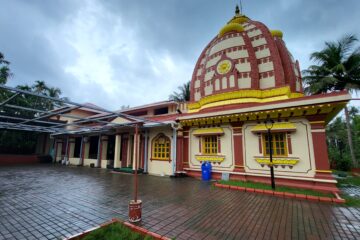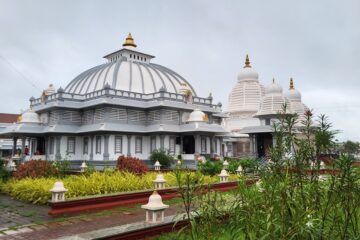If you frequently visit Goa but haven’t yet explored Tambdi Surla, you are truly missing out. Goa, a treasure trove of natural beauty, boasts Tambdi Surla as one of its most precious jewels. Whether during the monsoon season, when nature is at its peak, or any other time of the year, a visit to this place is bound to leave you in awe. Alongside its mesmerizing natural surroundings lies an ancient temple of Lord Mahadev, where the serene ambiance and the divine Shivalinga offer a deeply spiritual experience. A true nature lover or a devoted Shiva follower will surely leave a part of their heart here, only to return time and again.
Attraction for nature lovers: Tambadi Surla
Nestled amidst the lush greenery of the Mollem Wildlife Sanctuary, the Mahadev Temple of Tambdi Surla is locally referred to as Vazra Saklyacho Vhal. In Konkani, Vhal means flowing water, and true to its name, a gentle stream flows beside the temple. With a picturesque backdrop of hills, misty clouds, and dense forests, the setting is nothing short of magical.
The route to the temple winds through the sanctuary, flanked by dense greenery on both sides. Along the way, you’ll encounter clusters of palm trees and a narrow, old bridge over a serene river—a perfect spot for nature enthusiasts to pause and soak in the tranquility.
History and Architecture
Built in the 13th century by the Kadamba dynasty, this is Goa’s oldest temple. Dedicated to Lord Shiva, it stands out for its Kadamba architectural style, a hallmark of the region’s heritage.
This east-facing temple has a beautifully designed layout consisting of a Mandapa (pillared hall), Antarala (antechamber), and Garbhagriha (sanctum sanctorum). Inside the Mandapa is a statue of Nandi, though its face has been worn down by time. The hall has entrances from three sides—east, north, and south—each with intricately carved stone steps. The roof of the hall is made of grey chloritic schist, a type of stone ideal for delicate carvings.

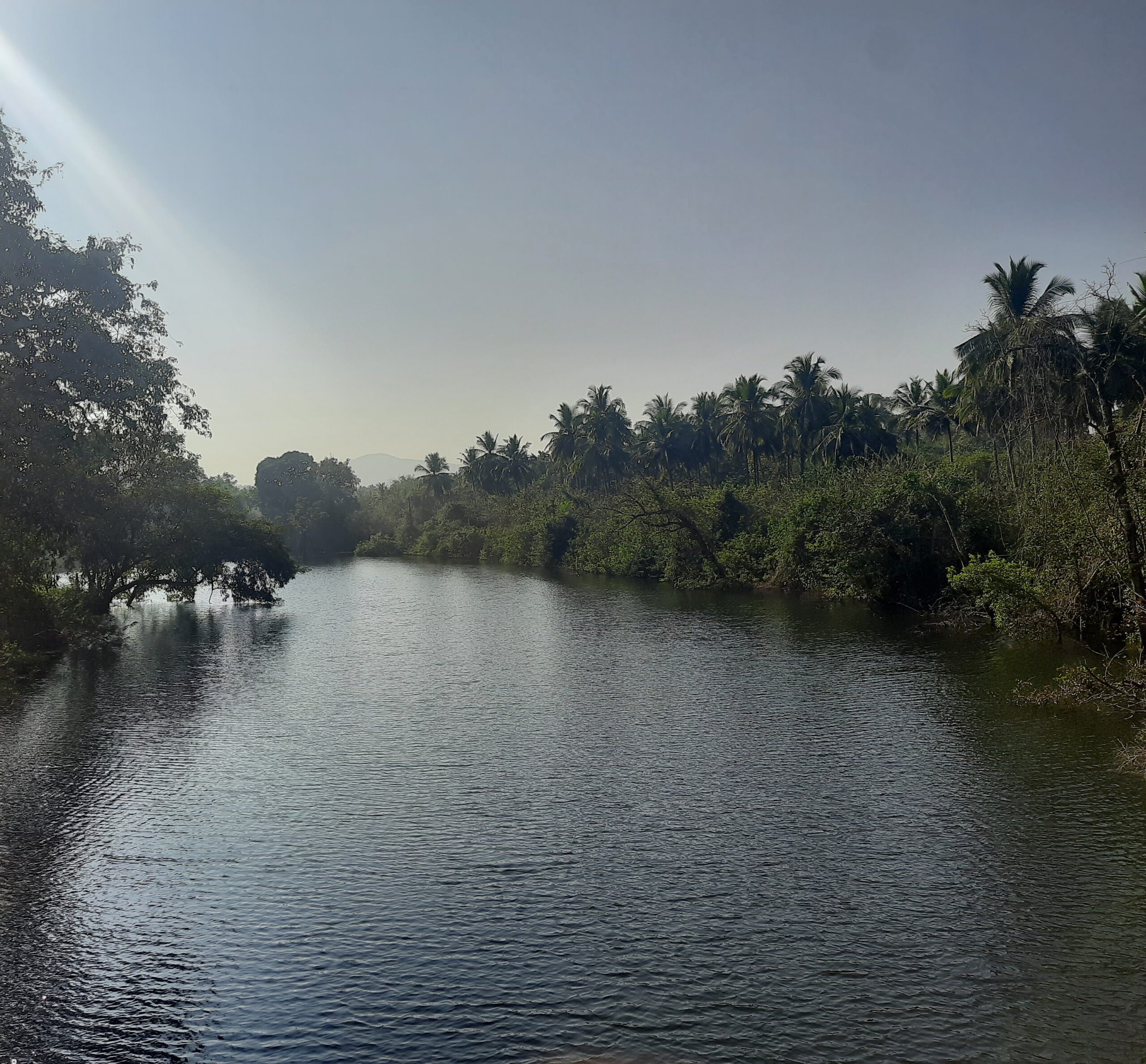
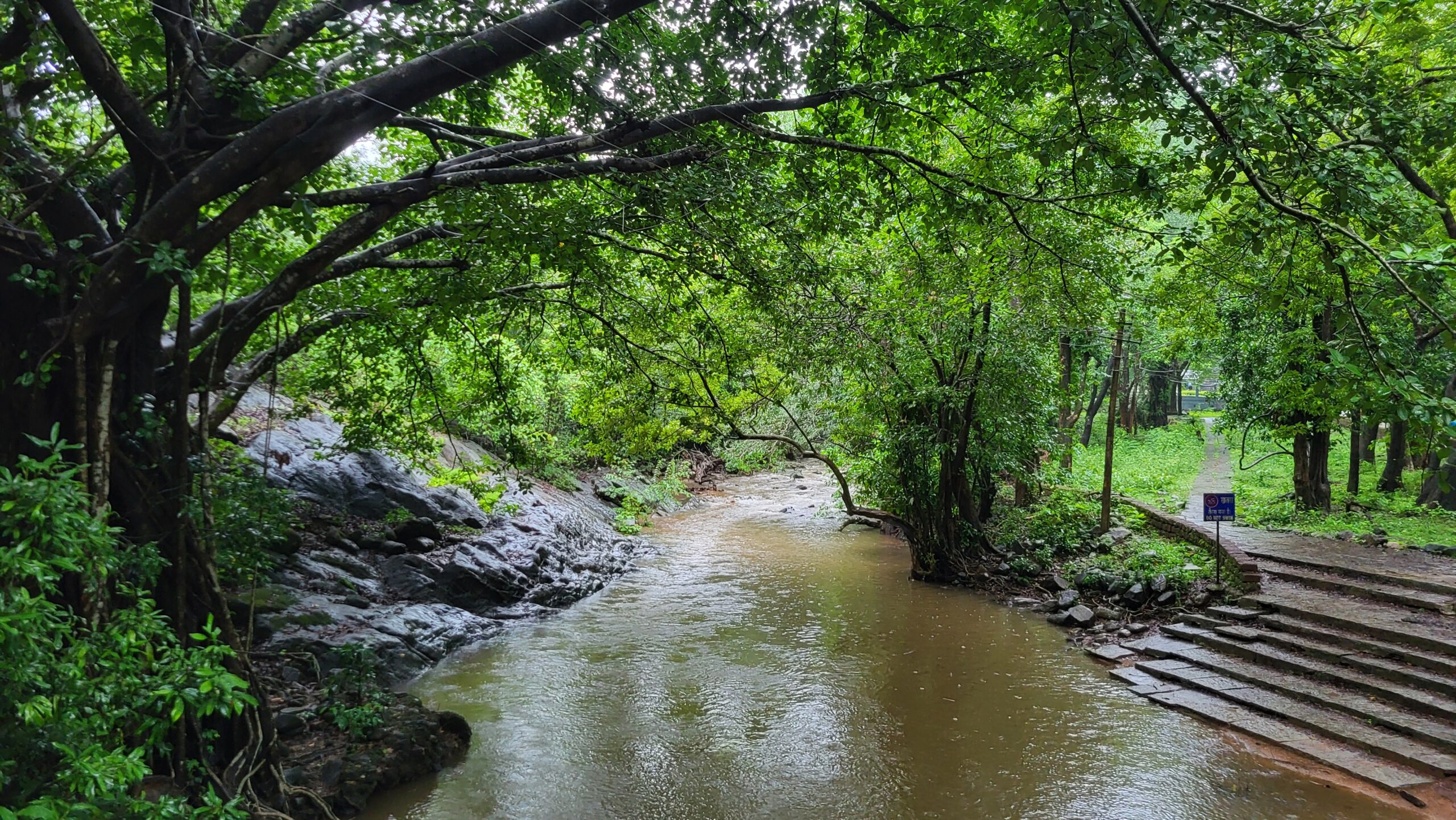
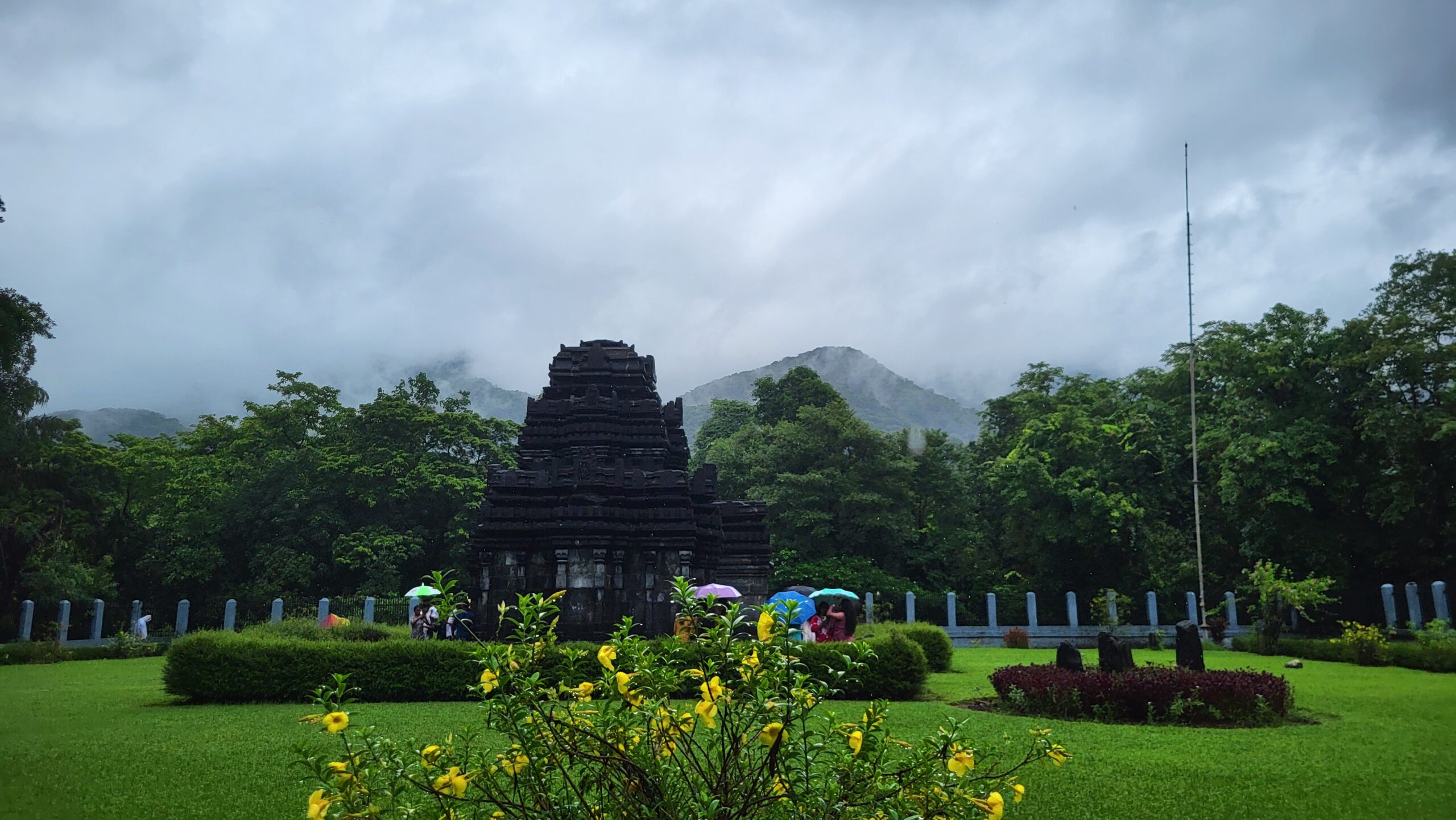
The four pillars inside the Mandapa are adorned with exquisite carvings. One pillar features an elephant trampling a horse, symbolizing the Kadamba dynasty’s emblem, while the upper portion of the pillars showcases intricate Naga Bandha (serpent knot) designs. The ceiling of the hall displays octagonal lotus petals in a stunning arrangement.
The doorway of the Garbhagriha is embellished with delicate latticework, reflecting influences from the Hoysala architectural style. The outer walls of the sanctum are mostly unadorned, but carvings of Ganapati, Gajalakshmi, and Saraswati can be found on the northern side. On the western side, there are depictions of Nataraja and Shiva-Parvati, while the southern side features Bhairava and Brahma. These carvings showcase a blend of Chalukyan and Hoysala architectural influences.
Garbhagriha (Sanctum)
Inside the dimly lit sanctum, the Shivalinga sits in serene silence, illuminated faintly by an eternal lamp. According to local legend, a serpent king (Nagraj) resides here, guarding the sanctum eternally. Maha Shivratri is celebrated with great grandeur at this temple, with locals from surrounding villages participating enthusiastically in the festivities.
Must visit place in Goa
If you’ve been to Goa multiple times but missed this temple, make sure to include Tambdi Surla Mahadev Temple in your next itinerary. Located in the Bhagwan Mahavir Wildlife Sanctuary in Dharbandora Taluka, the temple is open for visitors from 8:00 AM to 5:30 PM. Situated around 26–27 km from Ponda, it takes approximately 40 minutes to reach this historic marvel.
A visit to Tambdi Surla is not just a journey into nature but also a spiritual and historical experience—one that will stay with you long after you leave.
